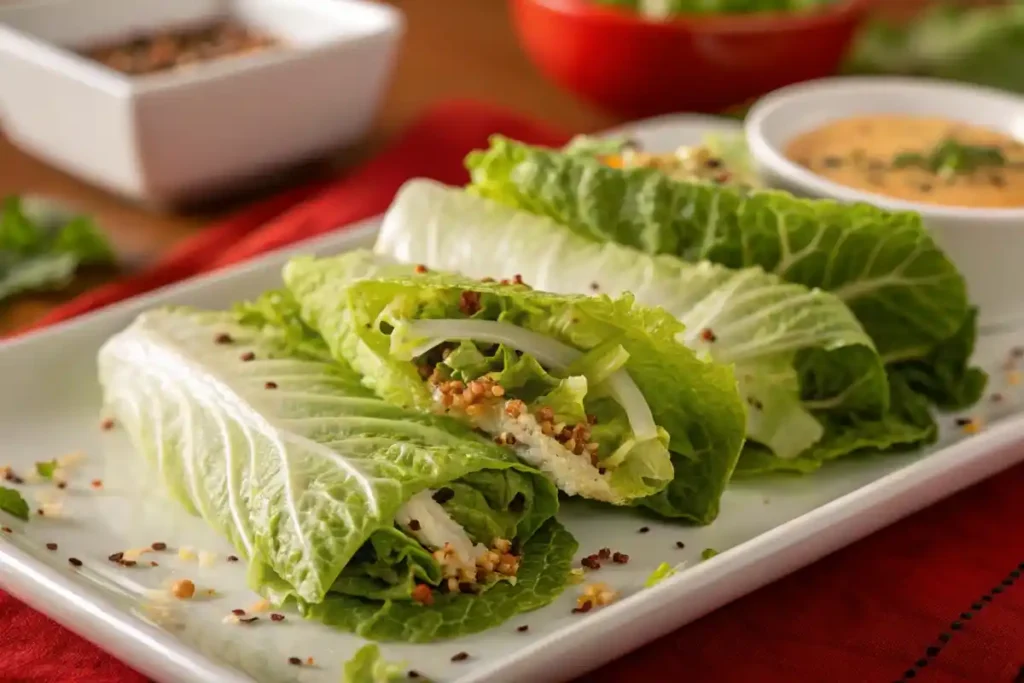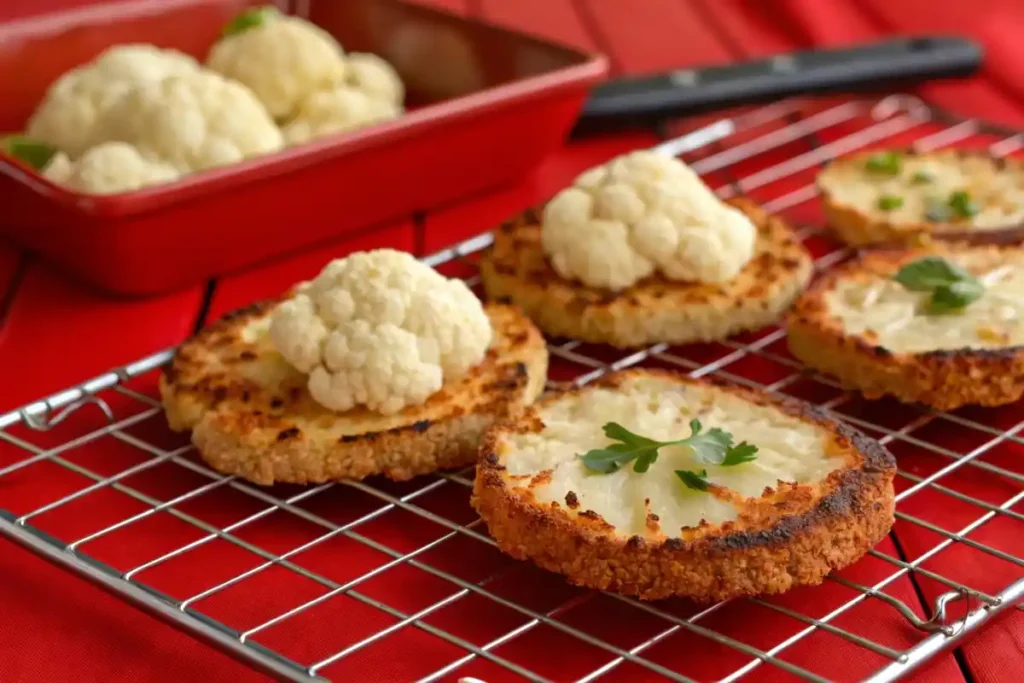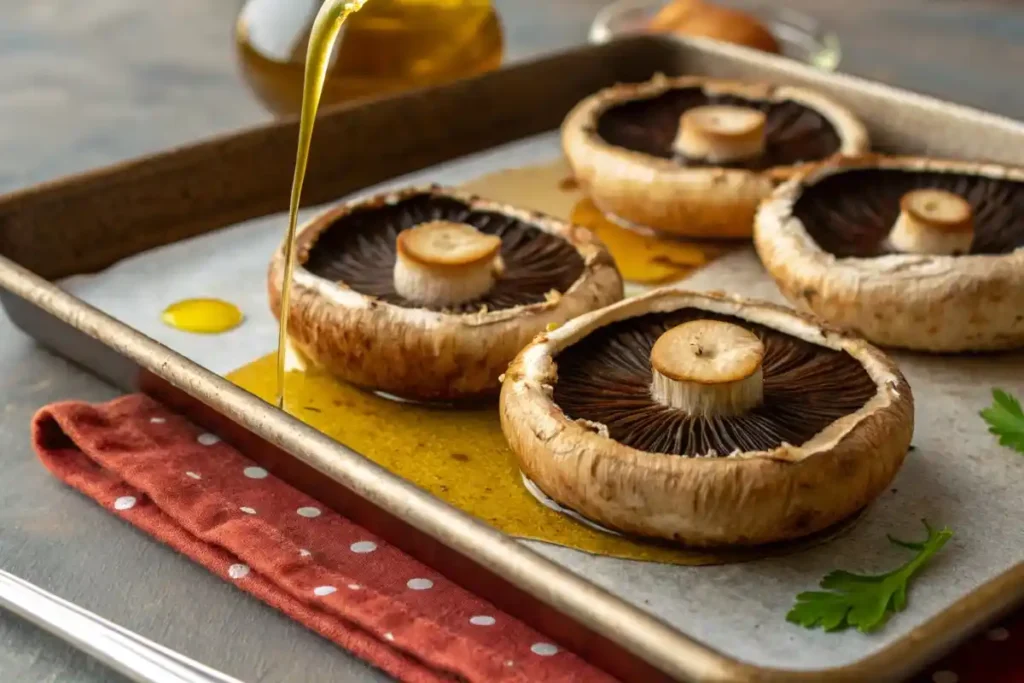Initial Overview of What can I replace bread with?
Many people seek healthier, lower-carb, or gluten-free lifestyles. Therefore, they often wonder: What can I replace bread with? This question arises because traditional bread can be high in refined grains. Furthermore, certain types of bread contain additives that some want to avoid.
At the present time, a growing number of individuals prefer bread alternatives that align with their dietary needs. These substitutions can help reduce carb intake, avoid gluten, or simply add variety to meals. In addition, you may discover fun textures and flavors.
Bread replacements range from lettuce wraps to baked sweet potatoes. In contrast to ordinary sliced bread, these substitutes often offer unique nutritional benefits. For instance, some are loaded with vitamins and fiber. Others help control blood sugar because they are lower in refined carbohydrates.
The search for new substitutes opens a world of flavorful meals. For example, you can try zucchini slices, cloud bread, or even thinly sliced jicama as a vehicle for sandwich fillings. In the meantime, it’s important to evaluate each option’s nutritional profile.
Below, you will find multiple bread substitutes that may suit your lifestyle. Keep reading to learn the benefits, plus a handy joke in the middle to brighten your day. Let’s get started!
Exploring Different Replacements for What can I replace bread with?
1. Lettuce Wraps
Lettuce wraps remain among the most popular bread substitutes. They suit low-carb plans, gluten-free diets, and even general healthy eating.
- Reason to try: Crisp, refreshing texture
- How to use: Fill large lettuce leaves with deli turkey, chicken salad, or grilled vegetables
- Best varieties: Romaine, iceberg, or butter lettuce
- Extra tip: Pat the leaves dry to avoid sogginess

Because lettuce is mostly water, it keeps you hydrated. In addition, lettuce leaves hold fillings together, so they mimic the structure of a sandwich. However, they won’t add significant calories. Therefore, they are a safe option for those aiming to lower total calorie intake.
2. Whole Wheat Tortillas (If Gluten Tolerance Allows)
Whole wheat tortillas can replace bread in wraps or even quick homemade quesadillas. In contrast to white bread, whole wheat tortillas provide more fiber.
- Reason to try: Higher fiber than standard bread
- How to use: Roll up fillings like hummus, roasted veggies, or lean meats
- Portion control: Smaller tortillas can keep carb counts manageable
- Extra tip: Lightly toast the tortilla for improved taste and texture
These tortillas are not necessarily the lowest-carb option. However, they’re often better than refined white bread because of their whole-grain content. If you’re sensitive to gluten, though, you should explore corn or gluten-free tortillas.
3. Cauliflower Thins
Cauliflower is everywhere these days. For example, you’ll see cauliflower crust pizza, cauliflower rice, and now cauliflower thins. These versatile “thins” can serve as buns or sandwich slices.
- Reason to try: Low in carbs, mild flavor
- How to use: Sandwich slices, mini pizza crust, or burger buns
- Cooking tip: Toast them slightly to achieve a crisp surface
- Store-bought or homemade: You can buy pre-made cauliflower thins or make your own by combining riced cauliflower, eggs, and seasonings

Cauliflower thins bring a distinct taste that many enjoy. Furthermore, they deliver fiber and certain vitamins like vitamin C. In addition, they help you avoid large amounts of refined starch found in typical bread.
4. Portobello Mushroom Caps
Portobello mushrooms can work as “buns,” especially for burgers or grilled sandwiches. In contrast to bread, these mushrooms bring an earthy flavor and a meaty texture.
- Reason to try: Sturdy texture, rich in B vitamins
- How to use: Remove stems, brush with olive oil, and grill or roast
- Flavor bonus: Season with a sprinkle of salt, pepper, and garlic powder
- Low-carb benefit: Mushrooms contain fewer carbs and more nutrients than many bread products

Portobello caps are a fun way to switch up burger night. However, their taste differs from bread, so make sure you enjoy mushrooms. Because they are thicker and denser, they provide a satisfying mouthfeel. Pair them with lean proteins and colorful veggies for a nutrient-rich meal.
5. Sweet Potato Slices
Sweet potatoes have a naturally sweet flavor. Therefore, they serve as a tasty base for open-faced sandwiches.
- Reason to try: Rich in beta-carotene and fiber
- How to use: Slice sweet potatoes into thin, lengthwise “planks,” then bake or toast
- Topping ideas: Avocado, peanut butter, or turkey slices
- Fun twist: Swap sweet potato toast for traditional morning toast
Sweet potatoes help you consume more vitamins A and C. Moreover, they provide some complex carbohydrates for energy. Their bright color also elevates the plate visually. In addition, if you keep portion sizes moderate, they can fit into many diet plans.
6. Cloud Bread: Low-carb bread swaps
Cloud bread has become famous among low-carb and keto enthusiasts. It is made from just a few ingredients, typically eggs and cream cheese.
- Reason to try: Extremely low-carb, fluffy texture
- How to use: As sandwich rounds or mini pizza bases
- Key steps: Whip egg whites to form stiff peaks, fold in cream cheese, and bake
- Texture note: Light and airy, so handle carefully
Cloud bread looks like a puffy round pancake. However, it has a very mild flavor, making it ideal for any kind of filling. Furthermore, the egg content boosts your protein intake. Because of its unique texture, some people find it more enjoyable than heavy bread alternatives.
7. Coconut Flour or Almond Flour Wraps
In gluten-free baking, coconut or almond flour wraps often appear. They can replace standard bread while providing healthy fats.
- Reason to try: Grain-free, often used in Paleo or keto diets
- How to use: Create wrap sandwiches or small taco shells
- Taste differences: Coconut flour has a slight sweetness, almond flour is more neutral
- Potential issue: Homemade versions can be crumbly if not prepared well
These wraps offer a manageable net carb amount, especially if you watch portion sizes. In addition, they tend to be high in protein and healthy fats. Therefore, they can keep you feeling full. However, it’s essential to read labels if you purchase them ready-made. Some products add extra starches or sugars.
8. Rice Cakes (Brown Rice Preferred) Bread alternatives
Rice cakes are a classic bread swap. When possible, choose brown rice cakes because they contain more fiber than white rice alternatives.
- Reason to try: Crisp texture, simple base for toppings
- How to use: Spread with nut butter, hummus, or light cream cheese
- Calorie caution: Some rice cakes are flavored or salted, so check labels
- Variety: Mix and match sweet or savory toppings
Rice cakes can be a nice snack when you crave crunch. In contrast to bread, they tend to have fewer calories. However, they also offer limited vitamins and minerals. Therefore, pair them with nutrient-rich toppings to optimize your meal.
Time for a Quick Joke
Why did the sandwich go to the gym? It wanted to get “bread” in shape!
(Don’t worry, we’re getting rid of that bread here anyway!)
9. Zucchini or Cucumber Slices
Zucchini and cucumber slices work well for mini open-faced snacks or sliders. For instance, you can cut them into rounds and top them with cheese or lean protein.
- Reason to try: Hydrating, low in carbs
- How to use: Slice about ¼ inch thick, remove excess moisture
- Toppings: Smoked salmon, cream cheese, turkey, or hummus
- Texture tip: Pat slices dry to prevent soggy bites
These slices also contribute vitamins and minerals. In addition, they add freshness to your meal. Because of their mild flavor, they won’t overpower your fillings. Therefore, you’ll taste the toppings more.
10. Nori Sheets
Nori sheets, commonly used in sushi rolls, can serve as a creative bread substitute. In contrast to bread, nori provides a salty, ocean-like flavor.
- Reason to try: Unique taste, delivers small amounts of iodine
- How to use: Roll your favorite fillings like avocado, grilled chicken, or veggies
- Added tip: Lightly moisten the edge to help seal the roll
- Cultural twist: Embrace a sushi-style sandwich approach
Nori is especially appealing if you enjoy seaweed snacks or sushi. Furthermore, it’s naturally gluten-free and low-carb. However, be mindful of sodium content. Some nori sheets are heavily salted.
Nutritional Data Comparison Table
Below is a simple comparison of common bread substitutes. The values are approximate per serving (around 1 wrap, slice, or cap) and will vary based on brand and preparation method.
| Bread Substitute | Calories (kcal) | Carbs (g) | Protein (g) | Fat (g) |
|---|---|---|---|---|
| Lettuce Wrap (1 leaf) | 5 | 1 | 0.4 | 0 |
| Whole Wheat Tortilla (1) | 120 | 20 | 4 | 2.5 |
| Cauliflower Thins (1 thin) | 50 | 3 | 4 | 2 |
| Portobello Cap (1) | 35 | 5 | 4 | 0.5 |
| Sweet Potato Slice (1) | 30 | 7 | 1 | 0 |
| Cloud Bread (1 round) | 40 | 1 | 3 | 2 |
| Coconut/Almond Wrap (1) | 90 | 10 | 4 | 4 |
| Brown Rice Cake (1) | 35 | 7 | 1 | 0 |
| Zucchini Slice (1 slice) | 3 | 0.5 | 0.3 | 0 |
| Nori Sheet (1) | 10 | 1 | 1 | 0 |
(Note: Data may differ based on brands, size, and preparation methods. Always check nutrition labels.)
Tips for Selecting the Right Replacement: Healthy bread substitutes
- Flavor Compatibility: Some bread alternatives have distinct tastes. Therefore, match them with complementary fillings.
- Texture: If you prefer something crunchy, go for lettuce wraps or rice cakes. If you want a soft base, try cloud bread.
- Nutritional Goals: For lower carbs, opt for lettuce or cloud bread. If you need more complex carbs, sweet potato slices or whole wheat tortillas may suit you better.
- Allergies: Check for allergens in store-bought items, especially in grain-free or gluten-free wraps.
Frequently Asked Questions
Below are answers to a couple of common questions people ask, right before they ask What can I replace bread with?
Is sourdough bread less carbs?
Sourdough bread generally contains a similar amount of carbs compared to regular bread slices. However, the fermentation process may alter how some people digest those carbs. In addition, sourdough might have a lower glycemic index than non-fermented bread. Nevertheless, if you’re on a strict low-carb plan, sourdough may still be too high in carbs.
Which bread is for keto?
For keto, you’ll want bread that’s extremely low in net carbs. Cloud bread or certain almond flour breads can fit the bill. Because they rely on ingredients like eggs or nut flours, they usually contain fewer carbs. In contrast, standard wheat breads are typically too carb-heavy. Therefore, always look for keto-friendly labels or homemade recipes with minimal carbohydrates.
Final Tips for What can I replace bread with?
When finalizing your quest to answer the question, What can I replace bread with?, keep these concluding pointers in mind:
- Experiment with Different Flavors: Expand your horizons. For instance, try zesty seasonings on sweet potato slices or top cauliflower thins with pesto.
- Plan Ahead: In order to have bread alternatives ready, bake or prep them in batches. By contrast, if you wait until the last minute, you may revert to standard bread.
- Balance Your Diet: Even if you swap bread for alternatives, don’t forget overall nutrition. In other words, incorporate protein, healthy fats, vegetables, and fruits.
- Stay Mindful of Portions: Some bread substitutes, like tortillas or wraps, can still contribute moderate calories. Therefore, watch portion sizes, especially if weight control is your goal.
- Read Labels Carefully: Whether you choose coconut flour wraps or a store-bought brand of cauliflower bread, check for hidden sugars, preservatives, or excess sodium.
- Listen to Your Body: Certain swaps may work better for your taste buds and digestion. For example, if you find lettuce wraps too watery, try cloud bread or a mushroom cap instead.
Finally, there is no single “right” choice. The best bread substitute depends on your preferences, dietary restrictions, and nutritional needs. By exploring these alternatives, you can discover tasty ways to maintain healthy eating habits. Enjoy your meals without feeling restricted or bored.
Bon appétit, and have fun experimenting!
